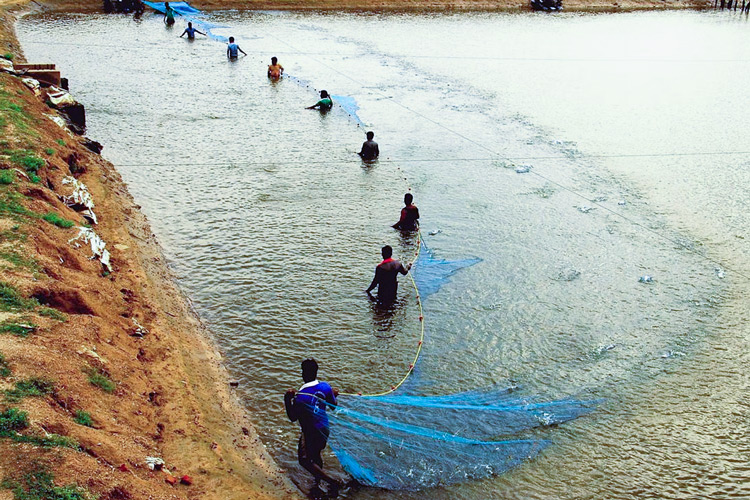
Royal Imports & Exports
"Empowering Farmers with Nutritious Inputs"
“Royal Imports & Exports, encompassing Royal Aqua among its divisions, stands at the forefront of sustainable aquaculture. Leveraging our strong foundation in agriculture, extensive dealership network, aqua feed production, and frozen exports, we are committed to revolutionizing the aquaculture industry.
Dedicated to supplying premium quality seeds tailored with the finest inputs, we prioritize the health and vitality of every aquatic species. Through vigilant disease monitoring and stringent biosecurity measures, we ensure the success of every aquaculture venture.
Royal Imports & Exports
Pond Preparation
Shrimp farms are typically situated in coastal regions with access to seawater, chosen based on factors like water quality, soil type, and market proximity. Pond construction involves excavation and shaping of the land to form water-holding structures, often lined to prevent seepage, with levees for water level control. Access to a reliable source of clean seawater or brackish water is crucial, sourced from rivers, wells, or reservoirs. Aeration systems are installed to ensure optimal oxygen levels in the water, vital for shrimp respiration and growth, contributing to successful shrimp farming operations.
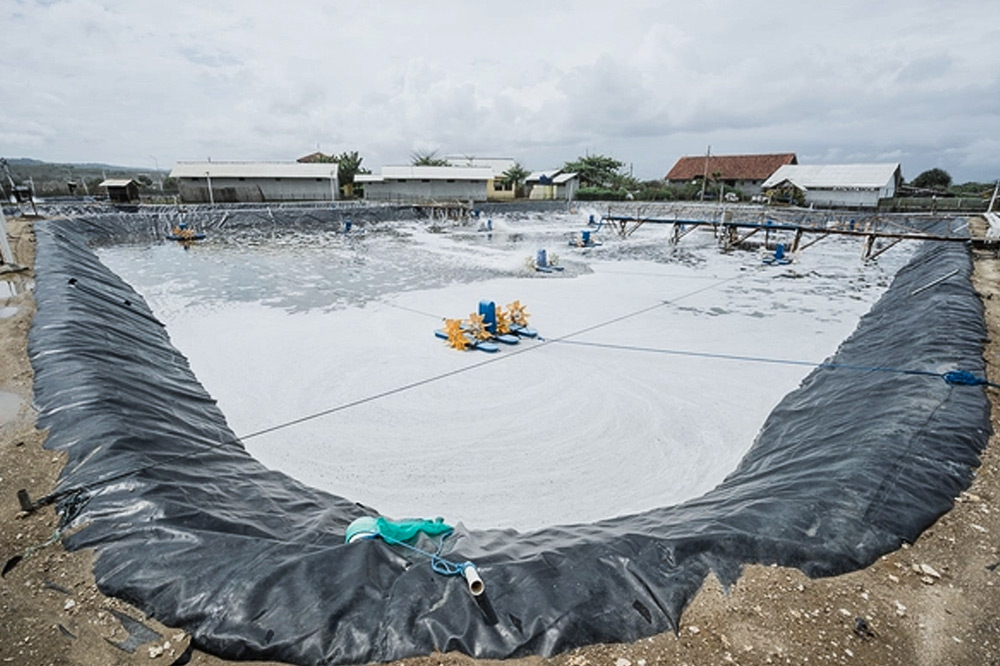
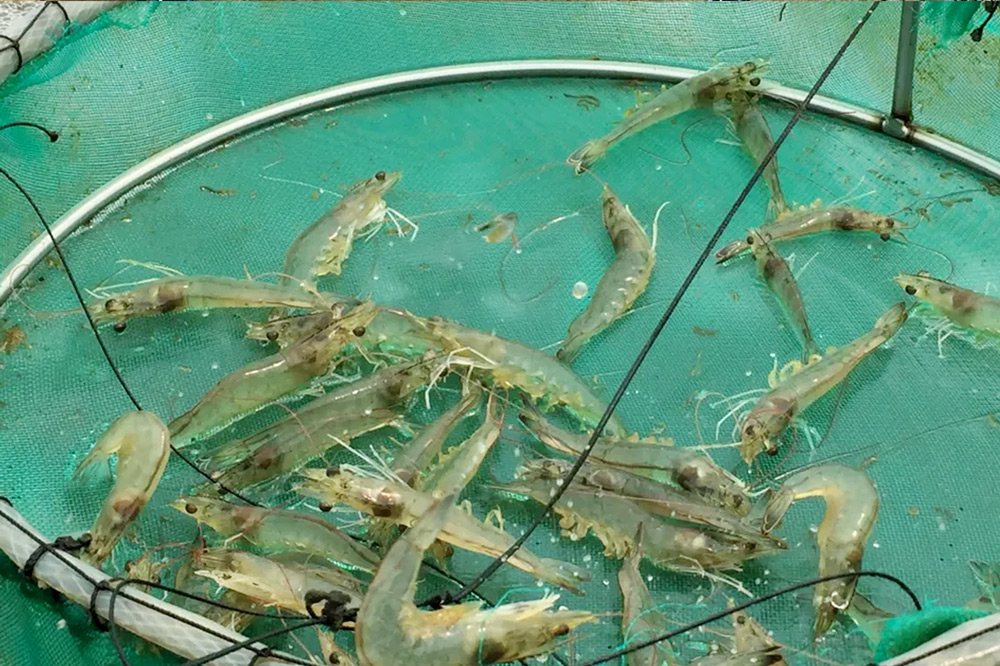
Royal Imports & Exports
Shrimp Farms Detailed Overview
Shrimp farming, also known as shrimp aquaculture, involves the cultivation of shrimp in controlled environments such as ponds, raceways, or tanks. Here’s a detailed look at the key aspects of shrimp farms.
Royal Imports & Exports
Water Quality Management
In shrimp farming, monitoring and treatment of water quality are critical for ensuring optimal conditions for shrimp growth. Water quality parameters, including temperature, salinity, pH, dissolved oxygen, ammonia, and nitrite levels, are regularly monitored to maintain favorable conditions. Various treatment methods such as aeration, filtration, and biofloc technology are employed to manage water quality and mitigate the accumulation of harmful substances. By closely monitoring water quality and implementing appropriate treatment measures, shrimp farmers can create a healthy and supportive environment for their shrimp, promoting successful growth and development.
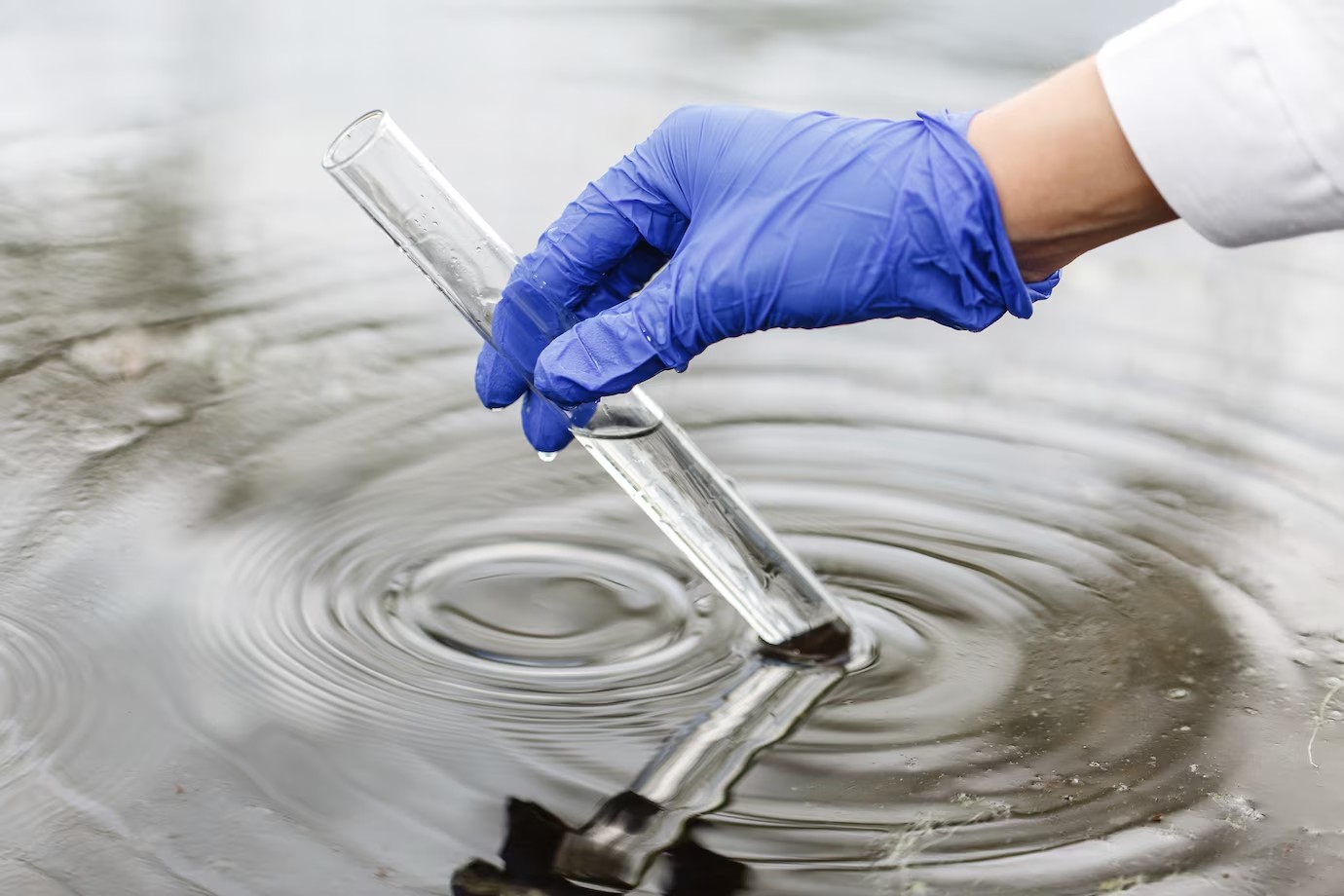
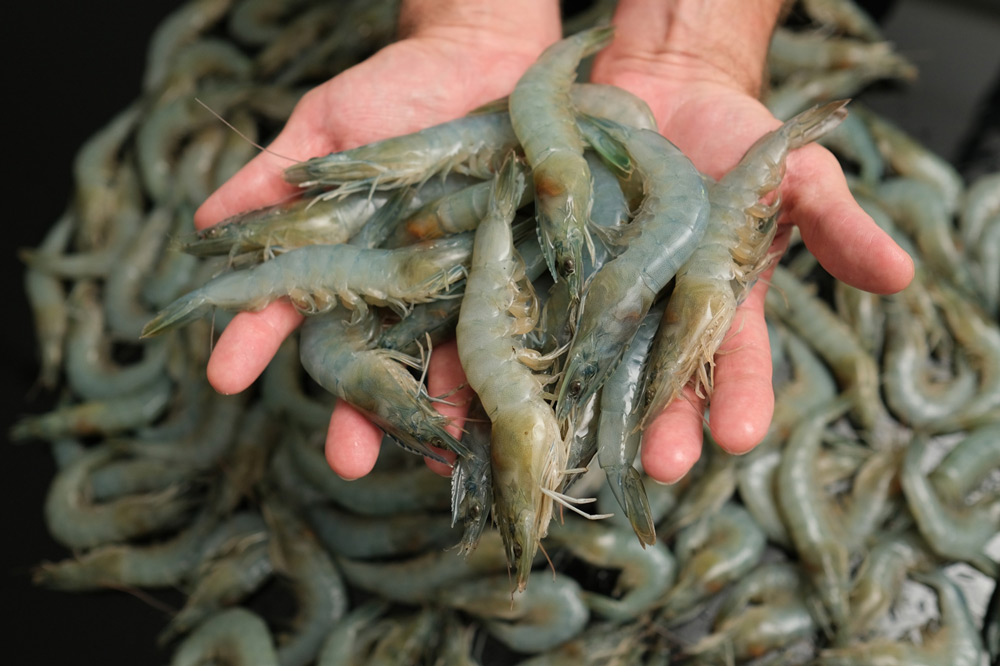
Royal Imports & Exports
Stocking and Production
In shrimp farming, seed selection involves the careful selection of shrimp post-larvae based on species, size, and health, typically sourced from specialized hatcheries. Shrimp are then stocked in ponds at optimal densities to maximize growth while minimizing competition for resources, with stocking rates tailored to factors like pond size, water quality, and shrimp species. Shrimp are fed a balanced diet of pelleted feed containing proteins, carbohydrates, vitamins, and minerals, with feeding rates and frequency adjusted based on shrimp growth and water temperature. Regular growth monitoring, including sampling and weighing, allows for assessment of growth rates and adjustment of feeding regimes to optimize shrimp growth and health.
Royal Imports & Exports
Disease Prevention and Biosecurity
Biosecurity measures are rigorously enforced in shrimp farming to prevent disease introduction and spread, encompassing protocols like screening incoming stocks, disinfecting equipment, and controlling farm access. Additionally, shrimp health undergoes regular monitoring through visual inspections, sampling, and diagnostic testing, facilitating early disease detection and management. Through the diligent implementation of these measures, shrimp farmers can safeguard their farms and ensure the health and well-being of their shrimp populations.

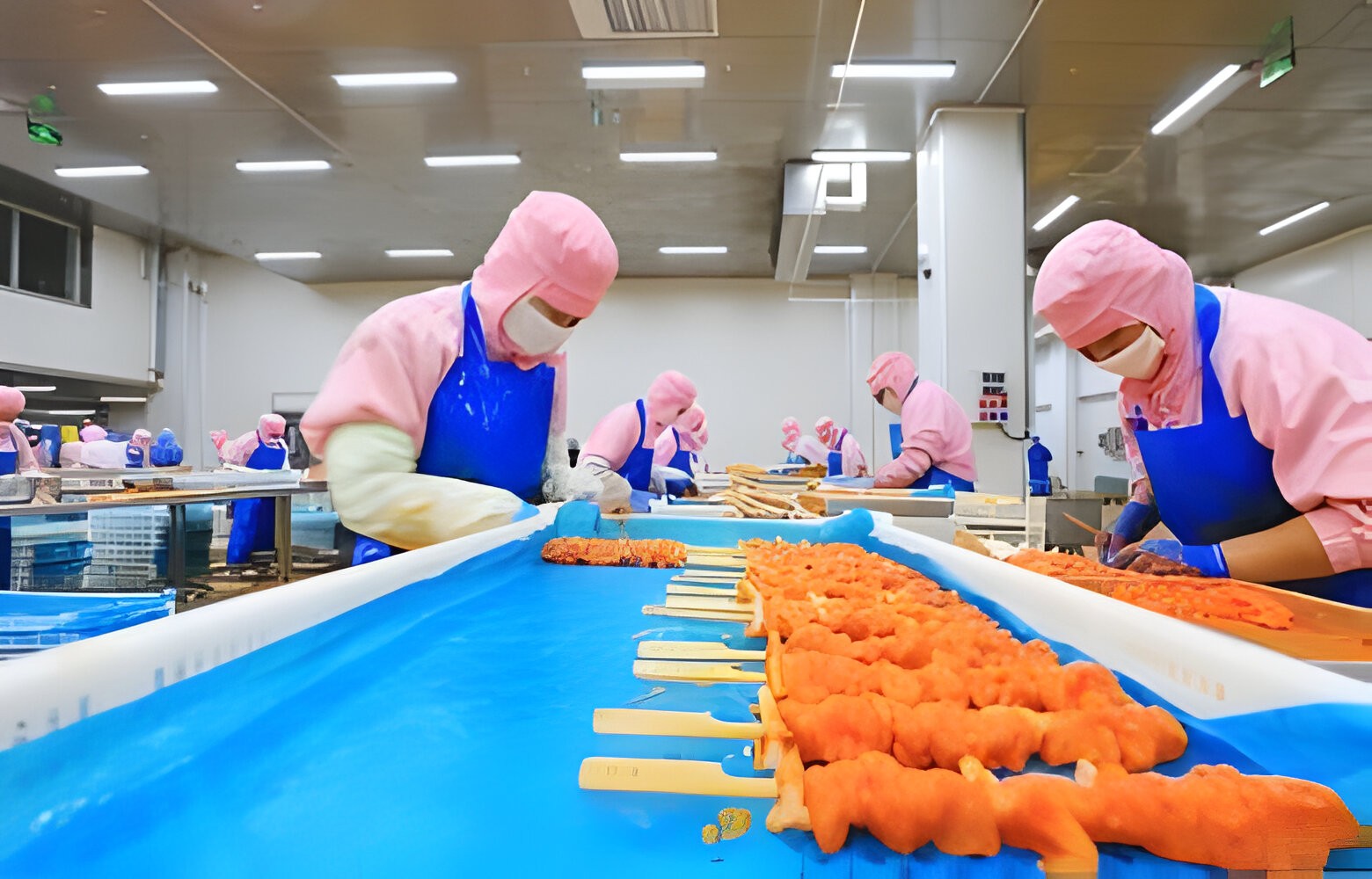
Royal Imports & Exports
Harvesting and Processing
- Harvesting: Shrimp are harvested using nets or pumps when they reac0h marketable size. Careful handling and transportation are essential to minimize stress and maintain product quality.
- Processing: Upon harvest, shrimp may undergo processing steps such as grading, washing, and packaging before being transported to markets or processing plants.
Overall, successful shrimp farming requires careful management of various factors including pond preparation, stocking, water quality, disease prevention, and harvesting. By adhering to best practices and implementing effective management strategies, shrimp farmers can achieve sustainable and profitable operations.


